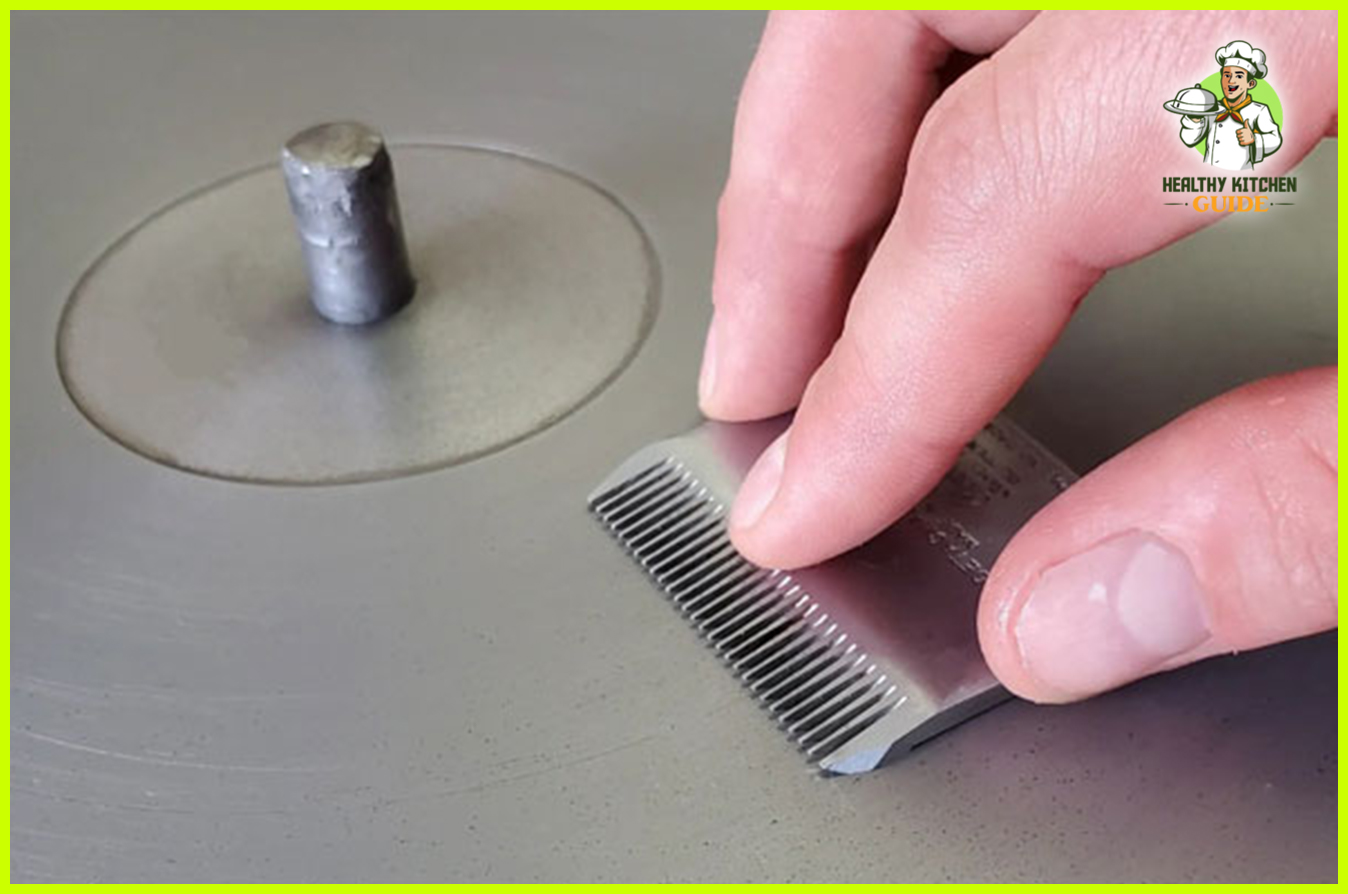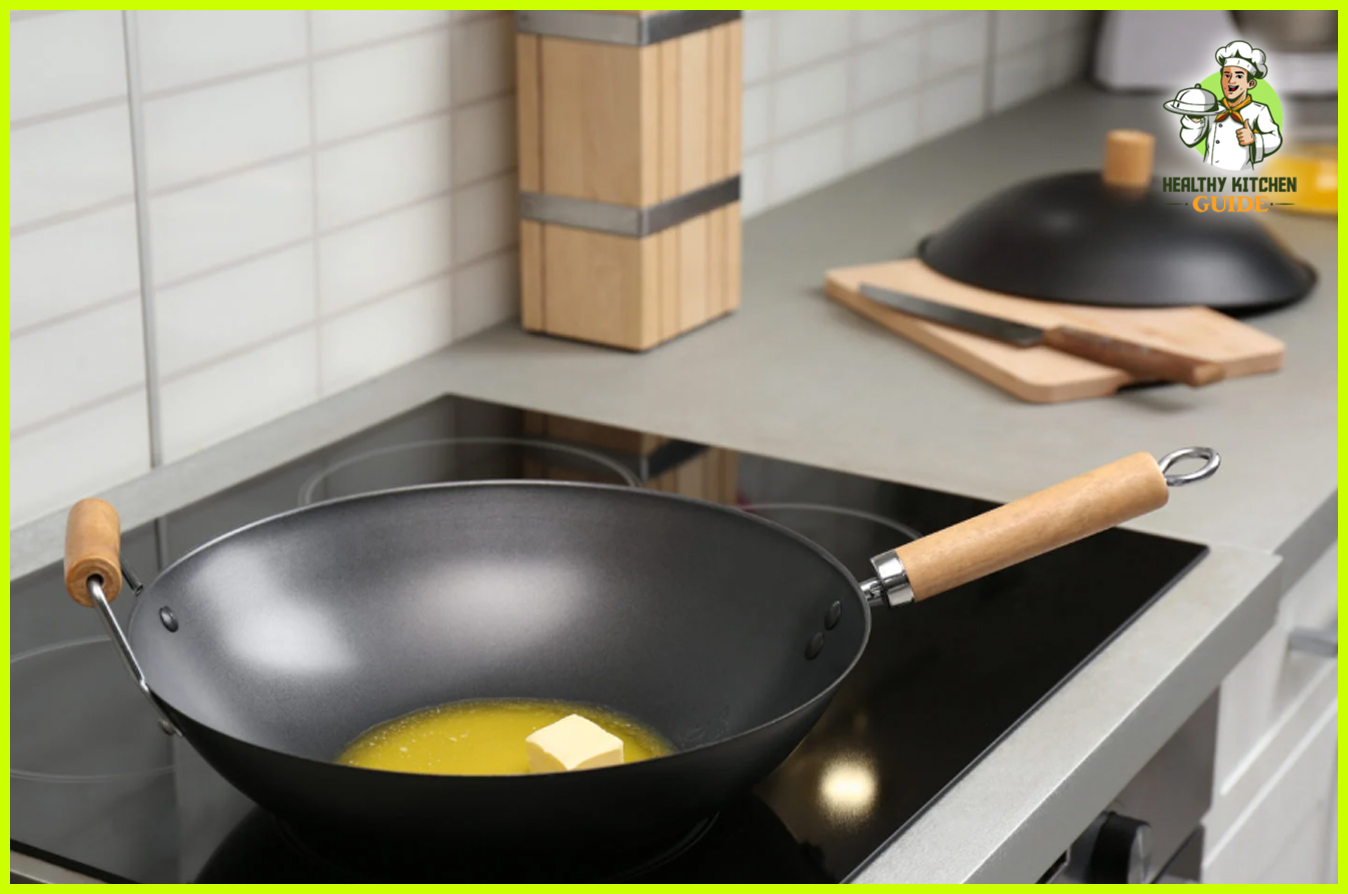To use a handheld knife sharpener, place the device on a stable surface and hold the handle firmly. Then, slide the blade through the sharpening slot, repeating the motion several times until the desired sharpness is achieved.
A handheld knife sharpener is a convenient tool that allows you to maintain the sharpness of your kitchen knives with ease. Whether you’re an aspiring chef or simply enjoy cooking at home, keeping your knives sharp is essential for efficient and safe food preparation.
This guide will provide step-by-step instructions on how to use a handheld knife sharpener effectively. By following these simple steps, you can ensure that your knives remain sharp and ready for use whenever you need them. So, let’s dive in and learn how to use a handheld knife sharpener correctly.
Why A Handheld Knife Sharpener Is A Must-have Tool For Razor-sharp Blades
Having sharp knives in the kitchen is essential for efficient and safe food preparation. The importance of maintaining sharp knives cannot be emphasized enough. A handheld knife sharpener is a must-have tool for achieving razor-sharp blades.
Why is it important to maintain sharp knives? Well, sharp knives allow for precise and clean cuts, reducing the risk of accidents. Dull blades, on the other hand, can slip off the food and lead to injuries. Moreover, sharp knives require less force to cut through ingredients, saving you time and effort in the kitchen.
A handheld knife sharpener offers several benefits. Firstly, it is convenient and easy to use. You can simply hold the sharpener with one hand and the knife with the other, and gently glide the blade through the sharpening slots. Secondly, it is portable and compact, making it suitable for both home and outdoor use. Thirdly, with regular use of a handheld knife sharpener, you can extend the lifespan of your knives, as it helps to remove burrs and maintain the sharp edge.
In conclusion, having a handheld knife sharpener is crucial for maintaining sharp and efficient blades. Invest in one today and enjoy the benefits of razor-sharp knives in your kitchen.
How To Choose The Right Handheld Knife Sharpener For Your Blades
Choosing the right handheld knife sharpener for your blades is crucial to maintain their sharpness and longevity. Several factors should be considered during the selection process. The type of sharpener, such as a pull-through or a whetstone style, determines the sharpening method. The size and weight of the sharpener should also be taken into account for ease of use. Additionally, checking for adjustable sharpening angles and the type of abrasives used is essential to ensure compatibility with your knives.
There are various types of handheld knife sharpeners available in the market, each with its own unique features. For example, pull-through sharpeners are user-friendly and great for beginners, while whetstone sharpeners provide more precision and control. Sharpeners with diamond or ceramic abrasives offer efficient sharpening results.
Reading reviews and recommendations from experts and other users can be helpful in making an informed decision. Consider factors such as durability, performance, and effectiveness when choosing the best handheld knife sharpener for your needs. With the right sharpener, you can effortlessly maintain the sharpness of your blades.
Proper Technique For Using A Handheld Knife Sharpener
Before using a handheld knife sharpener, it is important to prepare your knife properly. Start by cleaning the blade using soap and water. Then, dry it thoroughly to remove any moisture. If your knife has any nicks or chips, consider repairing them before sharpening. You can use a honing rod or a coarse sharpening stone to fix small imperfections.
Step-by-step guide to using a handheld knife sharpener:
1. Hold the sharpener correctly: Place the sharpener on a stable surface and hold it firmly with one hand.
2. Choosing the right angle for sharpening: Most handheld knife sharpeners have a built-in angle guide. Align the blade with the guide to ensure the correct angle for sharpening.
3. Applying the proper amount of pressure: Gently glide the blade through the sharpening slots, applying light to moderate pressure. Repeat this process several times on each side of the blade.
Common mistakes to avoid when sharpening knives with a handheld sharpener:
- Using excessive pressure: Applying too much pressure can damage the blade or the sharpener.
- Not maintaining a consistent angle: Inconsistent sharpening angles can result in an uneven edge.
- Over-sharpening: Continuously sharpening a knife can wear down the blade and affect its durability.
- Skipping grit levels: If your handheld sharpener has multiple stages with different grit levels, make sure to use all of them for optimal results.
Maintenance And Care Tips For Your Handheld Knife Sharpener
Maintenance and Care Tips for Your Handheld Knife Sharpener:
One of the most important aspects of using a handheld knife sharpener is proper maintenance and care. Cleaning and storing your handheld knife sharpener regularly will help maintain its effectiveness and prolong its lifespan. After each use, wipe the sharpener with a damp cloth to remove any debris or residue. It is also recommended to occasionally use a mild detergent or non-abrasive cleaner to deep clean the sharpener.
Replacing sharpening elements is another important aspect of maintaining your handheld sharpener. Over time and with regular use, the sharpening elements may become worn out or damaged. It is essential to check and replace these elements as needed to ensure optimal sharpening performance.
To prolong the lifespan of your handheld sharpener, it is advisable to follow a few tips. First, avoid excessive pressure while sharpening to prevent unnecessary strain on the sharpener. Additionally, store the sharpener in a dry and safe place to protect it from moisture and potential damage.
By following these maintenance and care tips, you can ensure that your handheld knife sharpener remains in excellent condition and provides you with sharp and precise knives for a long time to come.
Final Thoughts On Using A Handheld Knife Sharpener
Maintaining your knives is essential to keep them in optimal condition for long-lasting use. Regular maintenance ensures that your blades stay sharp and perform at their best. A handheld knife sharpener simplifies this process, allowing you to enjoy razor-sharp blades with ease.
Benefits of mastering the art of knife sharpening:
- Improved cutting performance: Sharpened knives effortlessly glide through food, reducing the risk of injuries and ensuring clean, precise cuts.
- Extended blade lifespan: Regular sharpening prevents the excessive wear and tear of your knives, prolonging their overall lifespan.
- Save money: Instead of constantly replacing dull knives, sharpening them maximizes their usability and saves you money in the long run.
Encouragement to start using a handheld knife sharpener for razor-sharp blades:
Investing in a handheld knife sharpener is a game-changer for home cooks and professional chefs alike. With its user-friendly design and efficiency, this tool empowers you to maintain your knives easily. Say goodbye to dull blades and hello to a more enjoyable and efficient cutting experience!
Frequently Asked Questions On How To Use Handheld Knife Sharpener
How Do You Sharpen A Handheld Knife Sharpener?
To sharpen a handheld knife sharpener, place the blade in the sharpening slot and pull it through in a single motion, repeating until desired sharpness is achieved.
Can I Use A Handheld Knife Sharpener On Serrated Blades?
Yes, a handheld knife sharpener can be used on serrated blades. Simply use the ceramic or diamond rod to sharpen each serration individually.
How Often Should I Sharpen My Knives With A Handheld Knife Sharpener?
It is recommended to sharpen your knives with a handheld knife sharpener every 3 to 6 months, depending on frequency of use and the sharpness desired.
Is It Safe To Use A Handheld Knife Sharpener?
Yes, it is safe to use a handheld knife sharpener as long as you follow the manufacturer’s instructions and exercise caution while sharpening.
Can A Handheld Knife Sharpener Fix A Damaged Blade?
A handheld knife sharpener can improve the sharpness of a blade, but it may not be able to fix a significantly damaged blade. It is best to consult a professional for major repairs.
What Are The Advantages Of Using A Handheld Knife Sharpener?
Using a handheld knife sharpener is convenient, cost-effective, and allows you to sharpen your knives at home without the need for professional services.
Conclusion
To wrap up, mastering the art of using a handheld knife sharpener is crucial for every kitchen enthusiast. By following the simple steps outlined in this blog post, you can effortlessly maintain the sharpness of your knives and ensure consistent, efficient cutting.
Remember to prioritize safety and take your time to achieve the desired results. Happy sharpening!




Leave a Reply